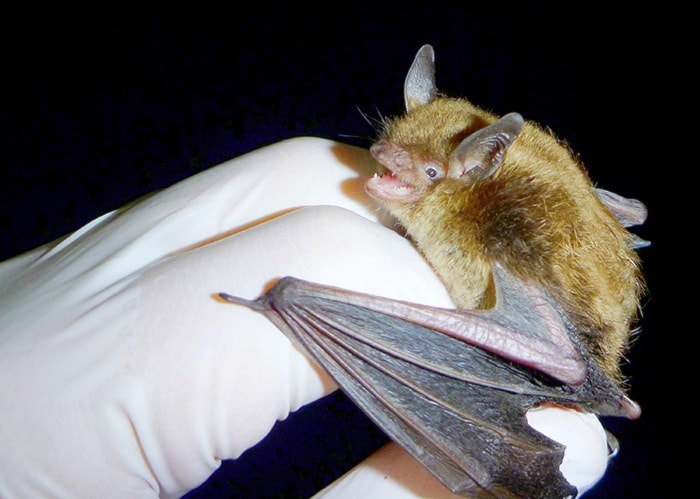The federal government gave Pacific NorthWest LNG 190 legally binding conditions tied to the approval of its LNG project on Lelu Island. Here are the 10 most notable:
1. Consultation with First Nations
First Nations consultation is included throughout the 190 conditions. The proponent must notify First Nation groups whenever they have the opportunity to present their views on a particular subject. A follow-up program — after consultation — is also required to offer the scope, content and frequency of reporting results of mitigating impacts on the environment.
Pacific NorthWest LNG has to include First Nations in the follow-up program and allow them to participate in evaluating the results and finding other possible mitigation measures.
2. Transparency
Annual reports and executive summaries must be made publicly available on the Internet. Specifically, they must report on plans including marine mammal management, wetland compensation, noise and light mitigation measures, archaeological and heritage resources and decommissioning. These summaries must be publicly available for 25 years after the project ends.
3. Air quality and GHGs
Yearly emissions can be no more than 4.3 million tonnes of carbon dioxide. This is for the “train” or the facility itself where natural gas is cooled by refrigeration and is turned into liquid. Mitigating green house gas (GHGs) emissions will be implemented during all phases of the project. First Nations along with federal and provincial authorities will meet during all phases of the project to determine the effectiveness of the proponent’s measures to lower GHGs.
4. Fish habitat and little brown bats
A follow-up program must be created to prevent damage to fish habitat and loss of wetlands. To compensate for the potential loss of wetlands the proponent must restore, enhance or create wetlands. Data on fish habitat must be collected for a minimum of one year.
Clearing vegetation on Lelu Island must be taken during a time when it presents the least amount of risk to the little brown bat, or little brown myotis. Before the construction phase, Pacific NorthWest LNG must install, maintain and monitor bat roosting structures near Lelu Island or in the region. A follow-up program is required during all phases of the project to monitor impacts to the bats.
5.Using modelling before construction
A high resolution model of the southwest tower and anchor block of the suspension bridge and two LNG vessels will be created before Pacific NorthWest LNG starts in-water construction to predict possible erosion and other impacts to the area. Before dredging the sea floor, the proponent will use modeling to confirm possible changes to water quality and marine fish habitat.
6. Human health
To avoid noise and light disruption to communities reduction measures will be implemented during all stages of the project. Pile driving for the Lelu Island bridge will only be conducted from 7 a.m. to 10 p.m. A protocol will be set up to receive complaints from members of the community regarding exposure to noise and light from the project. The proponent will also take measures to prevent dredging from affecting seafood or fish food so that it won’t be detrimental to human health if consumed.
7. Bubble curtains
An air bubble curtain creates a wall of bubbles underwater that controls the movements of fish, such as directing creatures away from where in-water construction is occurring. The curtain also protects marine mammals from underwater noise. The proponent must use confined bubble curtains between April 15 and June 30 every year during the in-water construction and while conducting in-water impact pile driving.
8. Preserving cultural heritage
During the project, Pacific NorthWest LNG must provide a description of anything of cultural significance, including culturally modified trees or archeological discoveries found during the construction.
9. Independent environment monitors
Lax Kw’alaams Band, Metlakatla First Nation, the B.C. Environmental Assessment Office and the Canadian Environmental Assessment Agency will join as an independent environmental monitoring group. Before construction the proponent must receive approval from this group. It will also work with the proponent on monitoring activities.
10. Five years to build
If the Pacific NorthWest LNG project hasn’t begun in-water construction within five years of the federal government’s approval (Sept. 27, 2021) the proponent must determine if there have been changes to the baseline conditions of fish habitat and if there are more mitigation measures that are required before proceeding.
